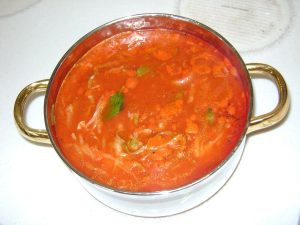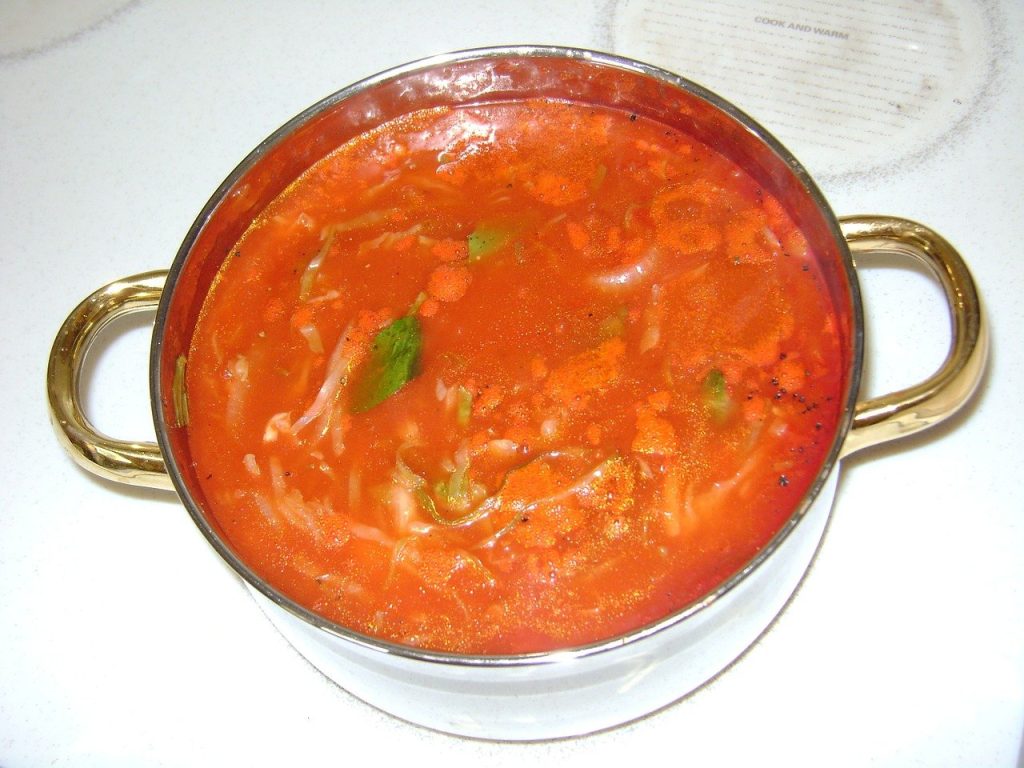
Quelles sont les meilleurs idées de décoration pour noël 2022 ?
Idées de décorations pour Noel 2022 Si vous êtes un fan de Noel et que vous recherchez des idées de décoration pour cette année 2022, découvrez ci-dessous 6 idées sympas ! Hotte de Noel C’est un grand classique des décoration de noël qui devient de plus en plus à la mode depuis quelques années. Il […]
Read More
Une recette de la soupe à la tomate à base de bouillon
Comment faire une soupe de tomates à base de bouillon Tout le monde a probablement entendu parler de la soupe à la tomate faite à partir du bouillon de la veille, et il y a même des chansons écrites à ce sujet. Bien que ce sujet fasse sourire de nombreuses personnes, il est indéniable que […]
Read More
Recette pour faire une bonne tarte aux pommes
Comment faire une bonne tarte aux pommes La tarte aux pommes est un gâteau clairement associé à l’automne. La plupart d’entre nous ont faim à la seule vue d’un fond croustillant rempli de pommes et de cannelle. Et maintenant, imaginez l’arôme captivant ! Peut-on y résister ? Malheureusement, la pâte à tarte aux pommes est […]
Read More
Comment faire une bonne casserole de pomme de terre à la saucisse
Casserole de pommes de terre à la saucisse Ingrédients pommes de terre 5 pièces saucisse 1 pièce 18% de crème 200 millilitres œufs 2 pièces oignon 1 pièce fromage râpé 80 grammes huile pour la friture 1 cuillère Paprika épicé d’Espagne Knorr 1 pincée Paprika doux d’Espagne Knorr 1 cuillère à café Noix de muscade […]
Read More
La meilleur recette pour faire un gâteau ukrainien
Comment faire un gâteau ukrainien ? Ingrédients lait0,5 litre levure fraîche 8 décagrammes farine 1 kilogramme sucre semoule 100 grammes sucre vanillé 0,5 paquet huile de tournesol 6 cuillères œufs 8 pièces citron 1 pièce beurre 90 grammes Sultanines 90 grammes sel 1 pincée le glaçage : sucre glace 2 tasses eau 3 cuillères à […]
Read More
Recette pour faire des champignons à la soupe
Comment faire des Champignons à la soupe ? Ingrédients champignons séchés 30 grammes Bouillon de bœuf Knorr 2 pièces oignons 2 pièces carottes 2 pièces petit céleri 1 pièce eau 2 tasses lait 1 verre poivre au goût 1 pincée huile 2 cuillères à soupe pâtes en ruban 1 paquet Préparation étape par étape Étape […]
Read More
La meilleur recette pour faire une échine de porc rôtie
Comment faire une Échine de porc rôtie de Pâques ? Ingrédients longe médiane 1,5 kg Sauce Knorr pour le rôti de bœuf à l’oignon 1 paquet Marjolaine des pays méditerranéens Knorr 2 cuillères à soupe gousses d’ail 2 pièces eau 1 verre Préparation étape par étape Étape 1 Faites bouillir la sauce Knorr avec de […]
Read More
Les meilleurs boulettes de viande aux lentilles !
Comment faire des boulettes de viande aux lentilles Ingrédients Bouillon de légumes Knorr 1 pièce oignon rouge 1 pièce Carotte 1 pièce chapelure 150 grammes Origan de la dinde Knorr 1 cuillère à café œuf 1 pièce persil 1 bouquet tomates en boîte 400 grammes huile d’olive 3 cuillères à soupe Les spaghettis bolognaise naturellement […]
Read More
Comment faire des Falafel croustillants ?
Falafel croustillants avec trempette aux herbes et au yaourt Ingrédients oignon de taille moyenne 1 pièce gousse d’ail 3 pièces pois chiches en boîte 2 pièces farine de blé 2 cuillères à soupe Cumin romain moulu de l’Inde Knorr 1 cuillère à soupe Bouillon de légumes Knorr 1 pièce Persil 1 bouquet feuilles de coriandre […]
Read More


